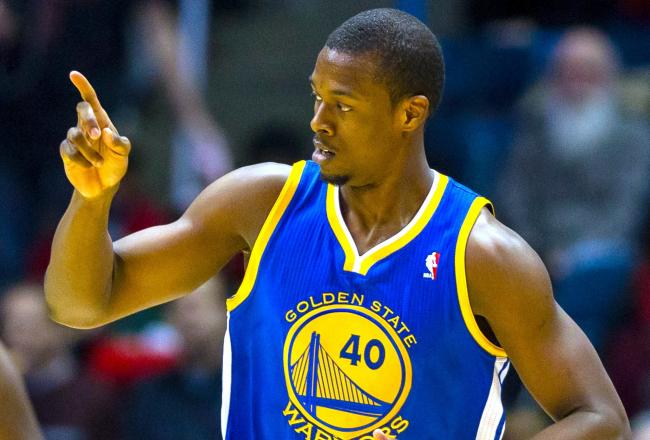
Today’s article is the latest in a series on how to be an elite student, not just an elite athlete.
Every basketball player who has worked on their game knows that repetition is one of the best methods to improve a skill over time. Last season (2012-13), Kevin Durant was the best free throw shooter in the NBA, averaging 90.5% for the year.
Any time you may have watched Durant at the free throw line, you know his shots are incredibly consistent, and you know he didn’t just pick up a basketball as a kid and start shooting over 90% from the charity stripe. His mechanics are polished, and the ball comes off his hand the same way each time, without fail.
This has been true of all of the great free throw shooters. Free throw shooting is one key skill that any player, regardless of height, age, athletic ability can excel at with enough practice (which begs the question as to why some players are so bad at it, but that’s a digression and we’ll stay on topic here).
“Practice”, when it comes to free throw shooting, boils down to only two aspects: technique and repetition. First you learn the best way to shoot a free throw, then you repeat that shot hundreds, thousands of times until your brain and body learn to shoot a free throw as easy as taking a breath.
This method of repetition is used in all sports – in martial arts, fighters practice moves over and over in order to ingrain the movements into their psyche, so that during combat competition they perform the moves instinctively.
When we practice something with repetition, we accept the fact that we are not experts, and that we will not become experts simply by doing something a few times. We accept that we are working on a process that will take an extended amount of time; if we are practicing free throws, we know that one day of shooting 50 or 100 free throws will not make us an elite free throw shooter. But we also know that shooting 100 free throws 3 or 4 days a week, for a couple of years, will almost certainly make us very good free throw shooters.
This is not limited to the world of sports.
No matter what the endeavor, repetition can be used to improve over time. A few days ago I mentioned on Twitter that a way to improve one’s vocabulary is to use a word three times in normal conversation. In reality, this is a method of repetition that has proven very effective because using a word three times turns out to be the equivalent of shooting 1,000 free throws to our verbal lexicon.
Pro football players commit to memory hundreds of plays and schemes from their playbook, and some players have to do this with completely new playbooks each year as they move from team to team. They do this with repetition, and the reason for team walkthroughs in any sport is using repetition to embed the plays into the players’ consciousness.
One caveat to this, people can easily confuse “repetition” with “memorization”. Memorization is simply remembering data without comprehension in most cases. What we are talking about here is practice, repeating a process over and over until we can do it with our eyes closed.
Sort of like Micheal Jordan:
A lot of people have seen Jordan’s famous free throw, but what a lot of people don’t know is that Jordan actually practiced that shot for years, long after he was a superstar, before the chance to show he could do it on TV. Former Philadelphia 76ers President Pat Croce once wrote that he was surprised to find Micheal Jordan in his arena, three hours before game time, practicing free throws in sweats by himself…with his eyes closed.
This can be done with math, with reading, with pretty much any knowledge or skill. If you can learn to be a better free throw shooter, you can learn to do a lot of other things better as well.
You can follow Marcus Shockley on Twitter.

